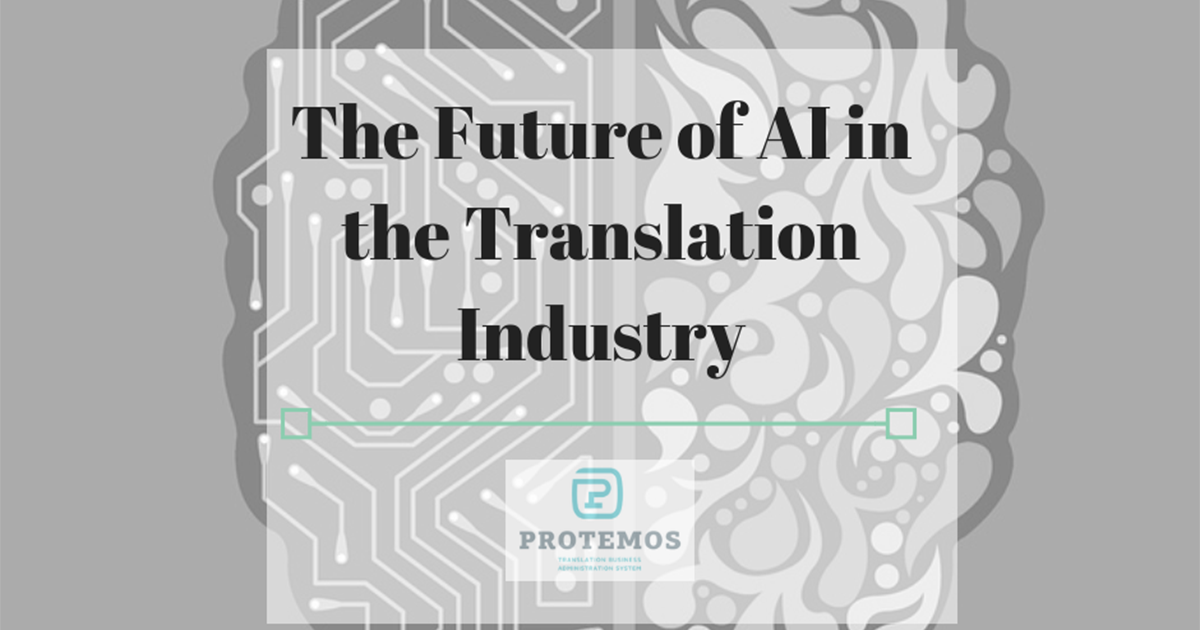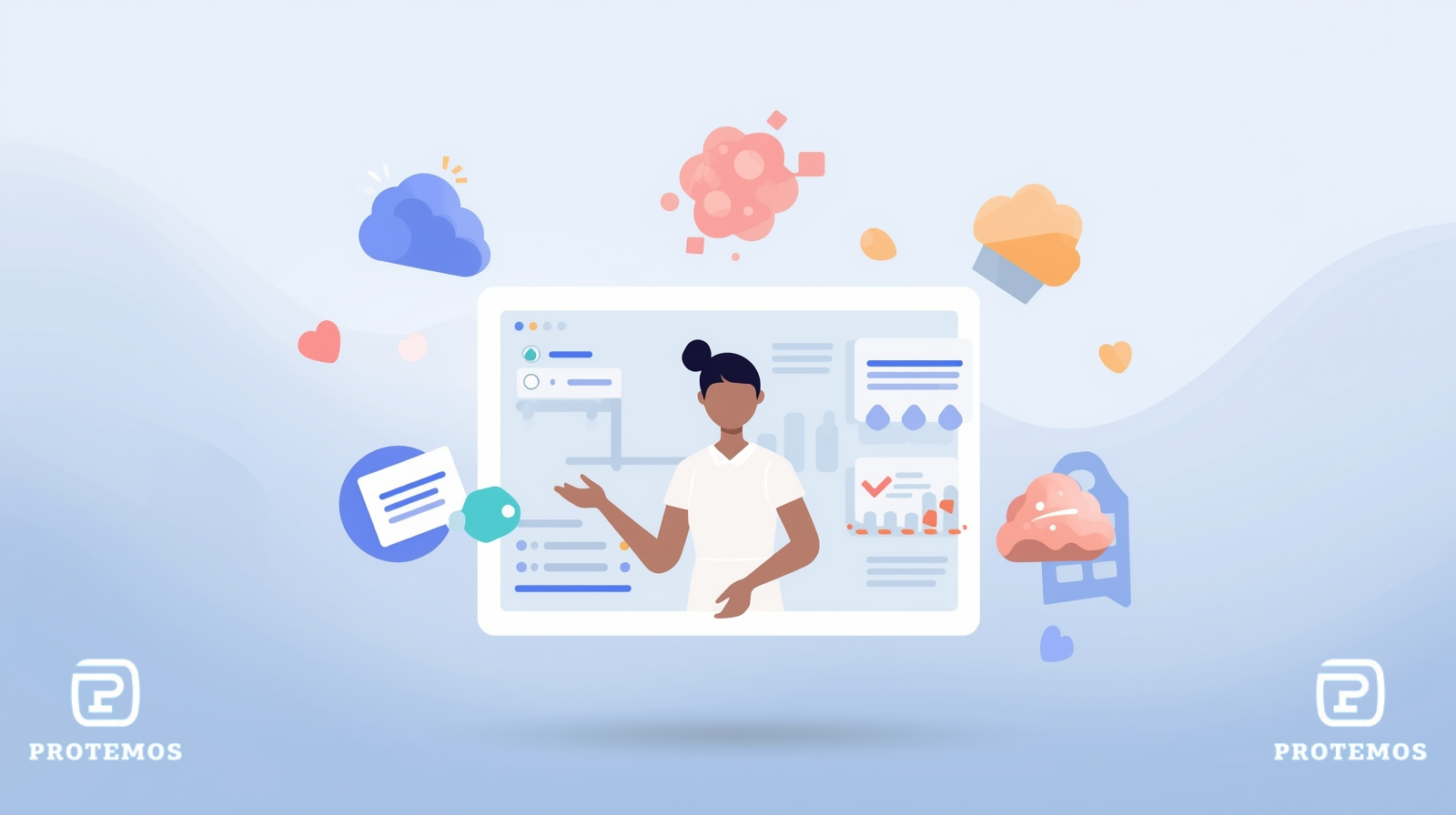
The advent of Machine Translation (MT) in the 1950s, with leaps forward in recent years, has revolutionized the way the Translation Industry works. Before the digital age, translators relied on dictionaries and personal experience for terminology research. Back then, inconsistencies were commonplace, especially between translations performed by numerous different translators with widely varying interpretations of terms. The adaption of Computer Assisted Translation tools (CAT tools) allowed translators the benefit of electronic translation glossaries, dictionaries, and termbases, with translation memories that far surpass even the most dedicated human. These invaluable tools have allowed for standardization across translations where before it was impossible.
CAT Tools
Without a doubt, CAT tools have both eased the burden on individual translators to guess which terminologies are preferable and resulted in significantly greater time and cost efficiency. Translation has never been more streamlined, with the use of Terminology Management Systems (TMSs), as well as, Translation memory databases (TMs), teams can now create, store, and access previous translations in the future to be used to leverage against new translations to save both time and resources.
The introduction of computer-powered electronic translation dictionaries and glossaries, capable of holding infinity more terminology than numerous paper dictionaries let alone human translators themselves, meant that the overall translation process could be more streamlined, as well as, being far more time and cost effective.
Artificial Intelligence (AI) in Translations
The recent development of Artificial Intelligence as a translation tool being used in the development of translation tools has resulted in numerous benefits to the casual user, such as the sudden ease of cross-language interactions through social media platforms and the availability of real-time translations, in some cases, even offline. Needless to say, this has been a game changer in the way consumers view translation and its benefits. Suddenly, there is a world of people with whom we can speak to with some degree of accuracy, each in our own mother tongue. With the more prolific use of these AI translation tools in everyday interactions, the higher the demand for translations in all instances will be in the coming years.
AI differs from conventional MT in one major way, these systems are able to decipher context and nuance with far greater accuracy than MT and have been designed to ‘learn’ and adapt to user input in order to improve the ongoing quality of translations. Of course, the pressing question is whether this new technology has the potential to have any impact on the need for human translations in the future.
Could AI make human translation obsolete?
It’s reasonable to suggest that there are instances in which AI translators have both a competitive edge (they’re often free) and undeniable accessibility that human translators just cannot offer. While this may seem like a bad thing, indeed it only benefits the translation industry to have more people interested in communicating with a multilingual world.
That said, even with the leaps and bounds being made in the accuracy of computerized translations, even AI systems are only as good as the translator that works in harmony with it. AI CAT tools will always have the superior memory and capacity over that of a person, but it will likely be a long time before a machine has the capability to understand how we think and therefore, how we express ourselves through language, with anywhere near the same level of accuracy, cultural awareness and idiosyncratic sensitivity as that of a professional linguist.



.png)

